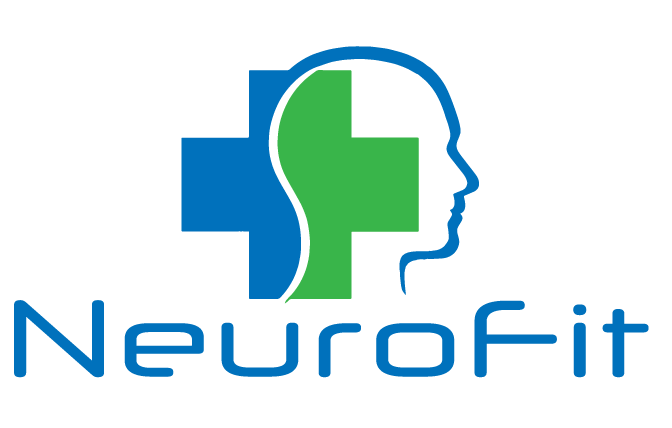Neurofeedback training has been used by clinicians to help thousands of children on the autistic spectrum. It can help both those with high functioning autism (formerly called Asperger’s) as well as those further down the spectrum. Several research studies have been published to support these efforts. (see links here) Parents report that after their children begin brain training, they are calmer, better able to manage emotions, and don’t get overwhelmed as easily. There are many other positive changes which can occur but these are typically the first improvements witnessed.
Autism has been associated with a dysfunctional mirror neuron system. Mirror neuron activity can be observed in the EEG as a decrease of alpha power over the sensori−motor strip (so−called Mu suppression) as a result of observing human motor actions (as opposed to one’s own motor actions). Patients suffering from autism spectrum disorder often fail to show Mu suppression (Oberman et al., 2005). Downtraining Mu activity has
shown to result in a significant decrease of autism−related symptoms (Pineda et al., 2008). Kouijzer et al. (2009a) showed that downtraining theta activity and simultaneously uptraining beta activity has positive effects on both executive functions and social behavior in autistic children. These effects persisted 12 months after treatment (Kouijzer et al., 2009b). Finally, it has been shown that QEEG based neurofeedback protocols are effective in treating autism (Coben and Padolsky, 2007; Jarusiewicz, 2002).
